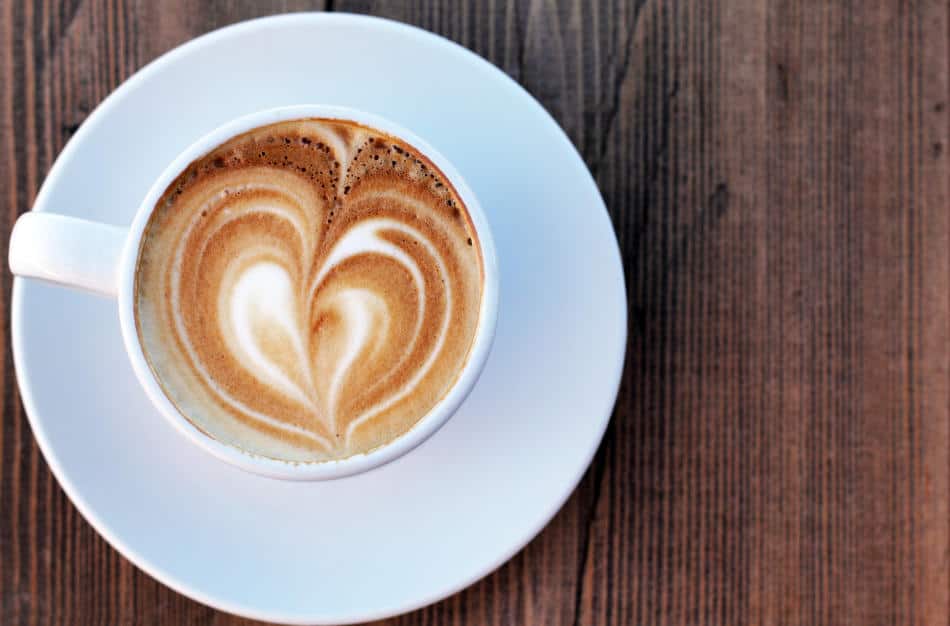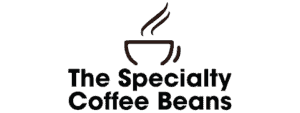There are thousands of coffee brews out there, subsequently branching out into more and more brands and brews of coffee. Cappuccino is one of the most popular types of warm beverages, as it’s tasty and doesn’t pack as much caffeine punch as regular coffee. It’s often compared to Vienna coffee, which is a brew of its own.
In this article, we’ll be researching what’s what and looking into the differences between them.
Let’s get started!

Vienna Coffee Overview
Vienna coffee is also known by Wiener Melange, which is German and French for Viennese Blend. This drink is very similar to a cappuccino, hence the confusion between the two.
The best definition of the drink is perhaps provided by Julius Meinl, the famous Viennese coffee company; “one espresso shot served in a large coffee cup topped with steamed milk and milk foam.”
Vienna Coffee is made differently from a cappuccino.
It’s usually made by preheating the espresso machine, grinding 23 grams of coffee, tamping it flat, and evening it before placing the portafilter in the espresso machine. After that, a medium-sized glass or cup is filled with hot water to about 80% of the cup’s volume. Then, a 33 – 35g shot of freshly roasted white horse coffee is extracted over the water.
After that, a tablespoon of fresh cream is gently poured over the top of the espresso shot to achieve a layered effect. After that, the beverage can be dusted with cocoa, but that’s per preference.
The cream is more than aesthetic, even though some people think it’s there just for show because it allows the coffee flavor to be drawn through the cream – this results in a dreamy cup of coffee.
The coffee itself can span between different tastes – this depends on the origin and the kind of brew. It could have notes of strawberries and cream if the brew is Ethiopian or hazelnut praline if you brewed a Brazilian coffee.
It’s also common for Vienna Coffee to have chocolate, which is reminiscent of a mocha. This beverage is usually very rich in chocolate, and that’s one of the most important reasons people drink it. Chocolate syrup is commonly added to the mixture for topping and in a nice layer in the drink.
The main difference between a Vienna Coffee and mocha is in the amount of chocolate. You could easily add chocolate syrup to a shot of espresso and add some whipped cream to that – you’d have a cup of mochaccino. Vienna Coffee has more chocolate in it, making it more of a dessert than coffee.
It also contains cream, both whipped and ganache – this whipped cream is often mixed with chocolate which leaves you with a thick, chocolate frosting. Even more, the cream is added to this, only heavy cream, which is mixed in.
This makes Vienna Coffee very caloric – a single serving yields 421 calories for 151 ml/5 oz of drink.
It’s quite similar to French hot chocolate, so if you like that, you’re bound to love Vienna Coffee. You can also decide on the thickness of the beverage when you’re ordering it – you can choose a thicker or a less dense drink when you’re ordering; just mention it to the waiter.
Cappuccino Overview
Cappuccino is a much simpler drink than Vienna Coffee – it’s an espresso-based beverage that originated in Italy, and it’s usually prepared with steamed milk. However, many variations use cream instead of milk, non-dairy milk, and additions like cinnamon and chocolate powder.
It’s typically smaller in volume than a caffè latte, with a thicker layer of microfoam.
There’s a correlation between a cappuccino and Vienna Coffee, as the Viennese named it the Kapuziner in the 18th century – but that version of the drink included whipped cream and spices of unknown origin. The Cappuccino was relatively unknown outside Italy until the 1930s, but Viennese-style cafes popularized it in the early years of the former century.
It has since spread like wildfire, especially across Europe and later across the whole world.
Cappuccinos are most commonly made with an espresso machine – with the espresso being poured into the bottom of the cup, which is followed by hot milk. The top third of the beverage is usually milk foam, which can often be decorated with artistic drawings made with the same milk. This form of art has become so popular that there are actual competitions in this.
The name itself is derived from the word ‘cappuc,’ o’, which means ‘hood’ in Italian. Cappuccino literally means ‘small capuchin.’ This is about capuchin friars, who wear a hood. However, the name is pointing to the color of the hood, not the hood itself.
The color is very distinctive, being red-brown, and that color was the color of the friar orders.
The drink became very popular in the 18th century, particularly with Viennese coffee houses, and it was called ‘kapuziner’.
The name Cappuccino was firstly mentioned in northern Italy in the 1930s, and it described the drink we know and enjoy today.
The drink was brewed differently across Europe for a long time. However, with the introduction of espresso machines in the 1950s, the Cappuccino was redefined, and it became the drink we know and love today. A regular and standardized recipe was introduced, and it’s made to this day like that.
With time, coffeemakers became better at creating crème, and it’s now a standard with a cappuccino.
The traditional form of Cappuccino is made in different sizes, which varies most among different coffee makers. There are two main ways to prepare the classical Cappuccino – the classical way with a cap of milk foam and the “latte art” way.
The traditional preparation follows the Cappuccino idea being prepared with 1⁄3 espresso, 1⁄3 steamed milk, and 1⁄3 milk foam. The latte art way of preparation follows that same recipe, but it’s often served in smaller cups with the textured milk gently poured in and finished with a pattern in the surface crèma.
This allows the coffeemakers to draw art on the drink’s surface and use the crèma as a canvas.
Differences Between Vienna Coffee and Cappuccino
Despite there being undeniable similarities between these two beverages, they are not the same.
It’s true that Cappuccino heavily influenced Vienna Coffee and that it’s mostly the reason for the beverage looking and tasting the way it looks and tastes, but it’s not the same drink.
The most obvious difference is the gaping lack of chocolate in cappuccinos. Even though you can add chocolate (or any other addition) to your cup of Cappuccino – it’s just an option. When it comes to Vienna Coffee, it’s a crucial ingredient with Vienna Coffee.
It’s also more challenging to draw latte art on Vienna Coffee even though a good coffeemaker can adapt their cup of Vienna Coffee for latte art.
Cappuccino is also much more popular than Vienna Coffee – it’s one of the most popular warm beverages globally, while Vienna Coffee isn’t well known. However, it’s often described as a basic Cappuccino only with a lot of chocolate.
I’m sure that many coffee enthusiasts would love to debate this, as they probably know that there are more differences in taste than just the lack of chocolate. Still, to a layman like myself – it’s the most apparent difference.
Cappuccino also has more variations, so it’s not as static as Vienna Coffee. There’s Cappuccino Freddo, for example, which is the cold version of a cappuccino. It’s most popular in warmer countries like Greece, Italy, Croatia, and Cyprus.
This variation evolved to iced Cappuccino with time – regular Cappuccino with a few ice cubes, which is there to ensure that the drink is cool. This is a favorite of many people during the hot summer months, and it’s most commonly seen at the beaches in the countries above.
Interestingly, there’s also a Freddo Cappuccino. Even though it’s almost the namesake of Cappuccino Freddo, it’s still different. This variation is only present in Greece and isn’t common in Italy.
Vienna Coffee doesn’t have that many variations, and the coffee you get is usually the only coffee there is.
Sources:
